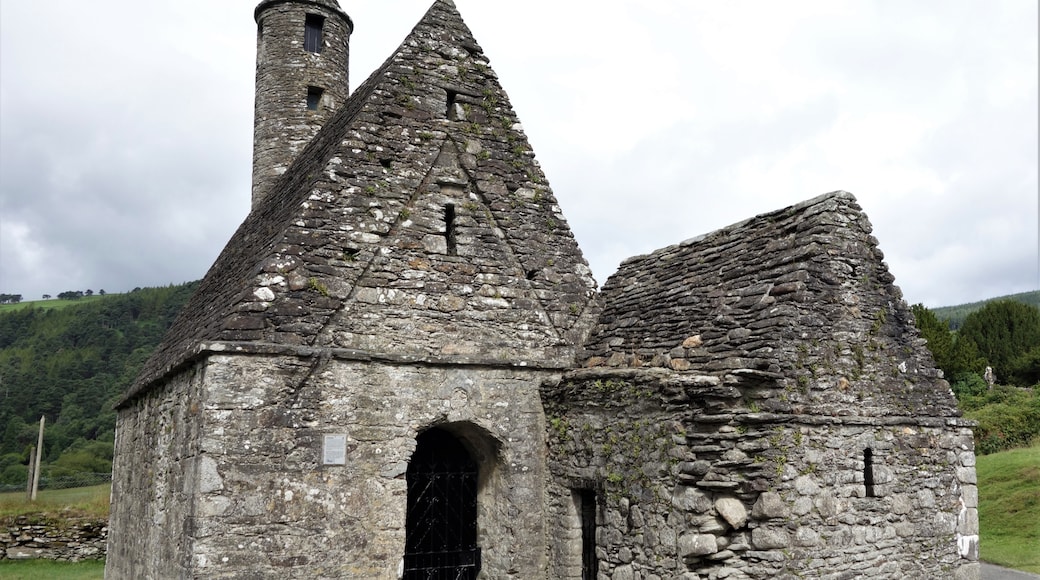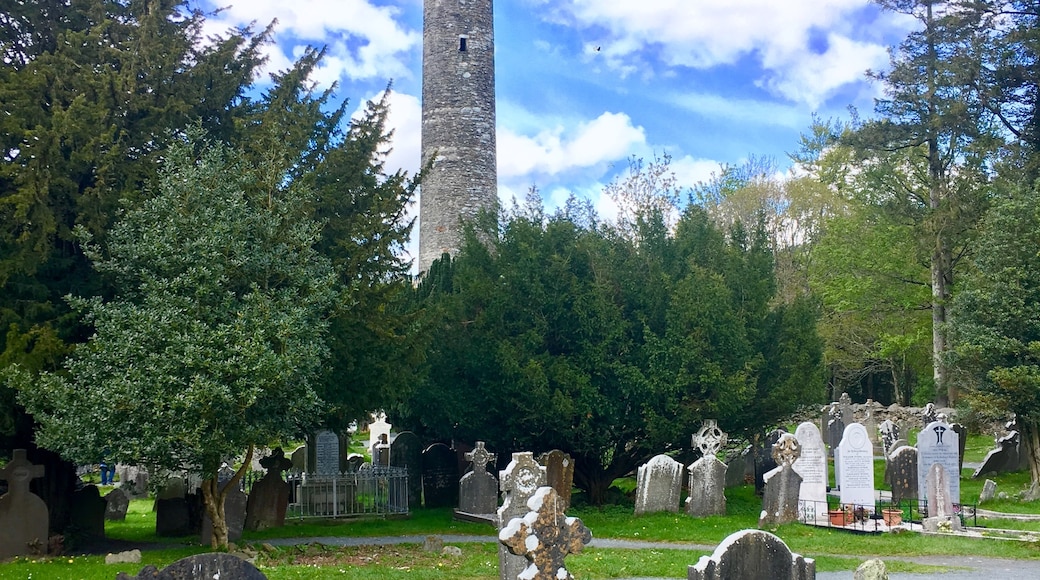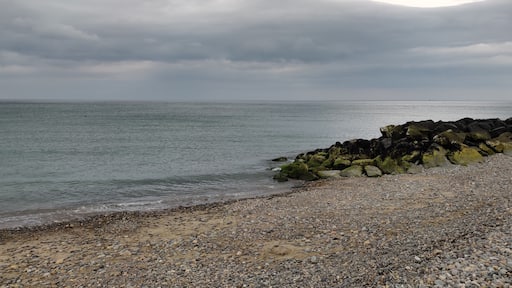Stretching more than 80 miles from Dublin’ssouthern suburbs to Clonegal in County Carlow, the WicklowWay takes in nature trails, old bog roads and disused military supply lines.Typically, it can be completed in five to seven days, with up to 24,000 peoplewalking the most popular sections every year.
A Landscape Full of Drama
As you leave Dublin for CountyWicklow, affectionately known as the “Garden of Ireland”, the landscape changes dramatically. Thejourney south crosses moors, bogs and mountains splashed with lakes. Thedesolate, wild peaks mix with deep glacial valleys to produce an unforgettablelandscape.
The most remote parts of the mountains andsurrounding wilderness can be explored via the Military Road. The best place tojoin it is at Glencree, allowing you to head south through the Sally Gap, theGlenmacness Valley, famous for its waterfall, Laragh,the Glenmalure Valley and Aghavannagh.
Glendalough,or the Valley of the Two Lakes, features prominently on most people’s must-seelists. Home to an important monastic settlement as well as two dark lakessurrounded by forest, it is one of the most beautiful, romantic locations inthe whole of Ireland.
On the Coast
County Wicklow’scoastline plays second fiddle to its dramatic inland attractions but there isplenty to explore when you fancy a breath of bracing sea air.
Keen to maintain its own identity from Dublin, theresort of Bray has a fine stretch of sand and a great coastal walking route toGreystones, which has a charming seafront centred around an idyllic harbour.The town of Wicklow,set on the curve of a bay stretching for more than seven miles, is also home toan impressive harbour.
See and Do
County Wicklow is fullof attractions steeped in history. One of the most notable, Wicklow’sinfamous jail, opened in 1702 to deal with prisoners held captive under therepressive anti-Catholic penal laws of the time. It was renowned throughout Irelandfor its harsh living conditions and the brutal guards who patrolled its bleakcorridors.
Spectacular Russborough House, one of the country’sfinest stately homes, can be found at Blessingtonwhile the “uncrowned king of Ireland”, nationalist leader Charles StewartParnell, was born in AvondaleHouse, the heart of a magnificent 500-acre estate.
Surrounding the ruins of a Queen Anne house, the52-acre National Botanic Gardens are located in Kilmacurragh while thePowerscourt Estate, which gives a real insight into the lives of 18th centuryIreland’s wealthiest citizens, is on the doorstep of the handsome village of Enniskerry.






